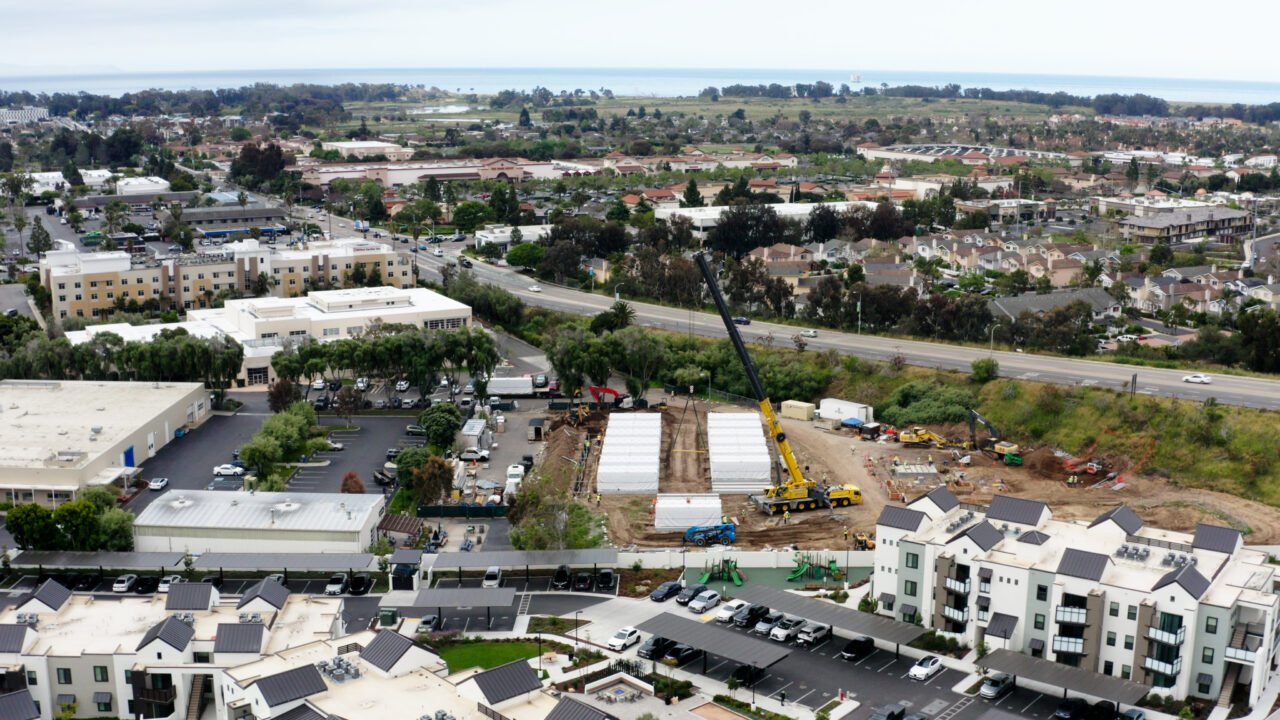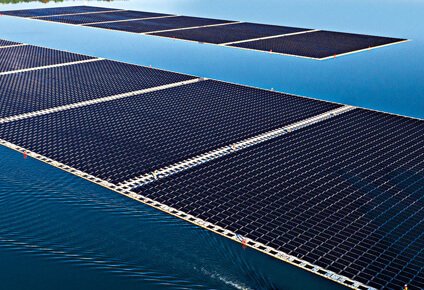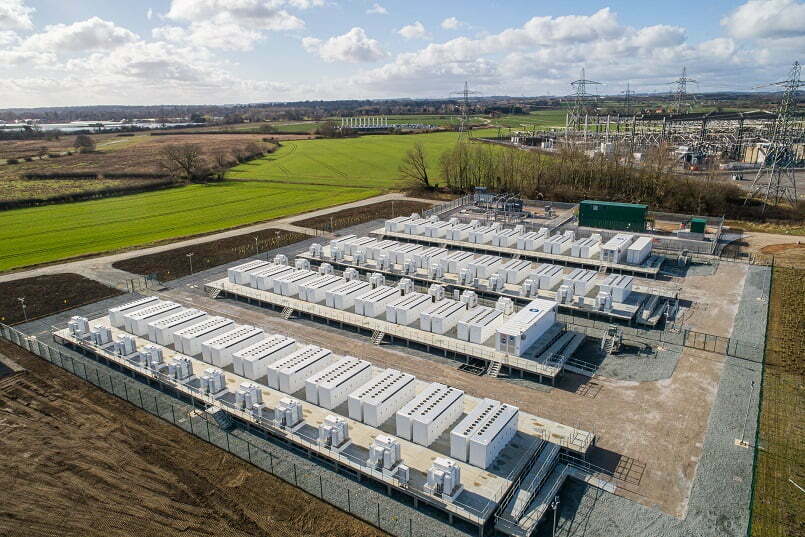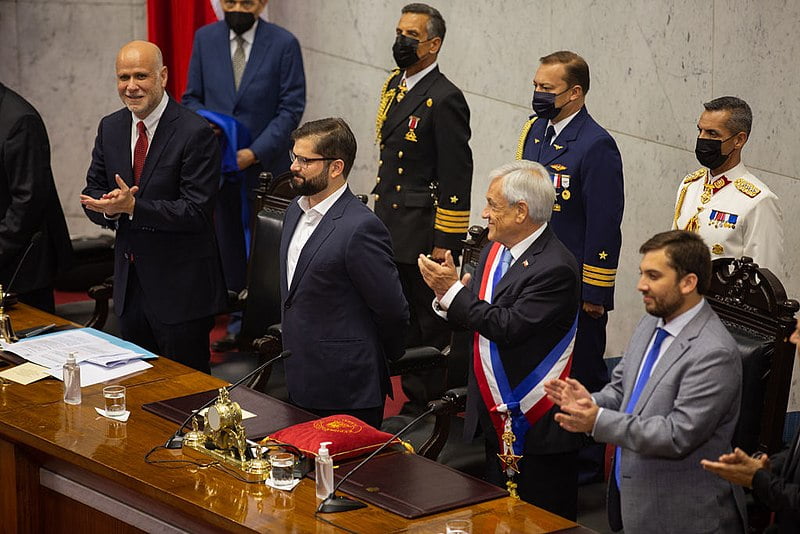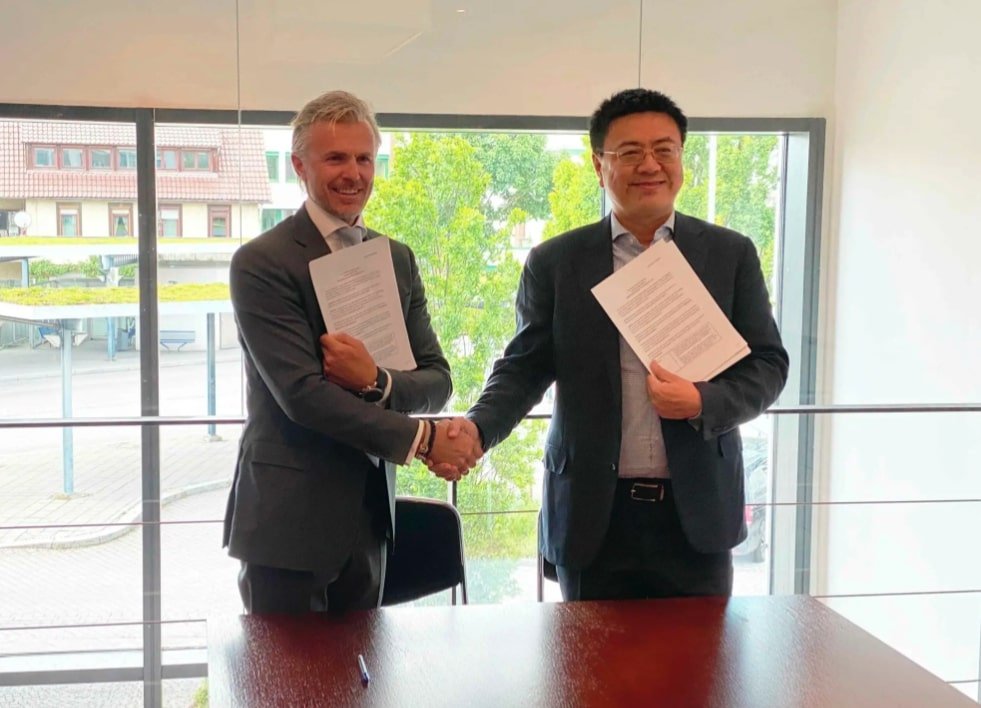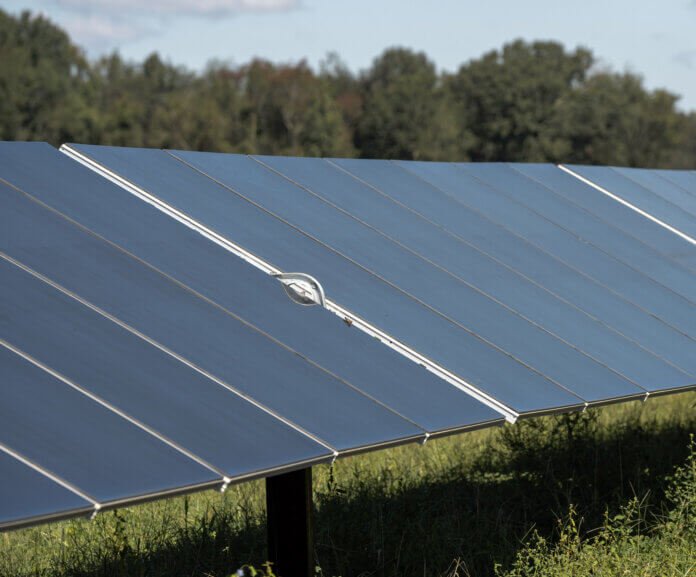This represents the first tranche of total grant funding worth up to AU$49 million Australian Vanadium applied for in a competitive solicitation launched by the government of now-ousted prime minister Scott Morrison’s Liberal Party, with the award confirmed in March this year.
The funding has been allocated through the AU$1.3 billion Modern Manufacturing Initiative. Aiming to kickstart and further homegrown manufacturing in areas from food production to defense technologies, AU$243.6 million was set aside for projects focused on critical minerals, batteries and electric vehicles (EVs).
Australian Vanadium was awarded its grant under the title ‘Creating an Australian Green Fuelled Vanadium Battery Industry’, in Western Australia (WA), as noted on the official list of recipients announced in March in the government initiative’s Manufacturing Collaboration Stream.
The Perth-headquartered company is developing a high-purity vanadium extraction facility in the Western Australian region of Meekatharra. Before that, in WA’s Midwest, AVL is building a processing plant which will have an annual production capacity of 13,000 tonnes of vanadium pentoxide (V2O5) flake per year, as well as an electrolyte plant in a Perth suburb with 33MWh annual production capacity.
Just a few days before its grant award was announced this year, AVL said it had secured a site and progressed the design and development of its electrolyte factory, including ordering key equipment from suppliers and hiring engineering company Primero Group to work on the design.
The grant funding is expected to go towards the vanadium processing facility, according to prior announcements. Energy-Storage.news approached the company for further details and comment on the grant funding award, but had not received a reply at the time of publication.
AVL also has a downstream subsidiary, VSUN, which works with vanadium redox flow battery (VRFB) manufacturers to commercialise and deploy their technologies in various markets.
Sourcing electrolyte will be biggest challenge for VRFBs
Sourcing sufficient electrolyte from high-purity vanadium is likely to be the single biggest challenge for VRFB manufacturers, Australian Vanadium marketing manager Samantha McGahan wrote in a recent Guest Blog for Energy-Storage.news.
“VRFBs have an elegant and chemically simple design, with a single element of vanadium used in the vanadium electrolyte solution,” McGahan wrote.
“The supply of this vanadium electrolyte is now playing the most important role in the batteries’ market growth.”
Indeed, while the molarity, or concentration of the vanadium pentoxide solution used in VRFBs varies from manufacturer to manufacturer, broadly speaking a megawatt-hour (1MWh) of energy storage capacity requires about 68,000 litres of vanadium electrolyte, or 9.89 tonnes of vanadium pentoxide (V2O5).
As noted in Samantha McGahan’s blog, AVL is by no means the only player in Australia seeking to develop some or all of those same vertically integrated electrolyte production capabilities.
The state government of Queensland is one prominent example, which identified a strategic advantage its industrial sector could have in the VRFB space and earmarked funding towards development, as well as funding for a state-owned vanadium processing facility.
Australia, already a major supplier of lithium for the world’s battery industries, could also become a major player in the flow battery space due to its abundance of mostly untapped resources of vanadium.
Efforts ongoing in other countries include primary vanadium producer Bushveld Minerals’ electrolyte production facility in South Africa currently under construction, and a plan announced in April by a startup called Elcora to put a vanadium pentoxide processing plant close to a mine it is developing in Morocco.
ESN Analysis: Tech with potential seeking mainstream acceptance
Flow batteries have been identified as a potential player in the long-duration energy storage (LDES) space, particularly as they can uncouple the power and energy parts of their systems, meaning that for longer durations and bigger energy capacity, the tanks of electrolyte the power stack is connected to, in theory, merely need to be expanded.
The technology is also considered rugged and durable over a long lifetime of heavy duty cycling, while it is also considered less of a fire safety risk than lithium batteries, which can go into thermal runaway if misused, abused or defective. The production of VRFBs is also free of many of the supply chain constraints lithium-ion is experiencing – albeit vanadium and vanadium electrolyte supply chains may have their own pain points until more facilities come on-stream.
However, while these characteristics and others such as low maintenance requirements are considered competitive advantages that give VRFBs an expected low cost of ownership over their lifetimes, the upfront Capex cost is still considered high by some developers and investors.
As a newer technology at scale, VRFBs are also less bankable than lithium, and perhaps most importantly, most global electricity markets are not configured to value the sort of long-duration, several hours of storage they can provide – yet. It is thought by advocates for the technology that as the need for storage to balance grids and integrate higher shares of renewable energy grows, so too will demand for VRFBs, as well as other LDES technologies.
Energy-Storage.news’ publisher Solar Media will host the 1st Energy Storage Summit Asia, 11-12 July 2023 in Singapore. The event will help give clarity on this nascent, yet quickly growing market, bringing together a community of credible independent generators, policymakers, banks, funds, off-takers and technology providers. For more information, go to the website.
Continue reading

